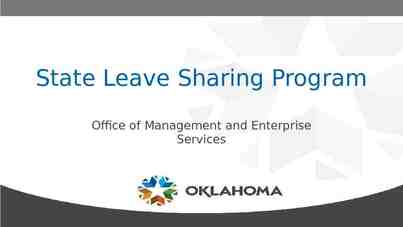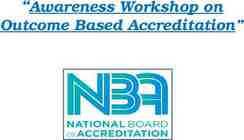Managing Money Curriculum Module 6: Personal Finances Next Step
15 Slides953.07 KB
Managing Money Curriculum Module 6: Personal Finances Next Step with Cash Flow: Filling in the Blanks 1
Project Team: Ruby Ward, Professor, Utah State University Trent Teegerstrom, Associate Director of Tribal Extension, University of Arizona Karli Salisbury, Research Associate, Utah State University Kynda Curtis, Professor, Utah State University Staci Emm, Extension Educator and Professor, University of Nevada Reno Carol Bishop, Extension Educator and Associate Professor, University of Nevada Reno Acknowledgments: Vicki Hebb, reviewing content, and Russ Tronstad and Stuart Nakamoto, content. This material is based upon work that is supported by the National Institute of Food and Agriculture, U.S. Department of Agriculture, under award number 2013-38640-22175 through the Western Sustainable Agriculture Research and Education program under subaward number EW14-017. USDA is an equal opportunity employer and service provider. Any opinions, findings, conclusions, or recommendations expressed in this publication are those of the author(s) and do not necessarily reflect the view of the U.S. Department of Agriculture. Each university is an affirmative action/equal opportunity institution 2
Key Concepts Review cash flow Examining trade-offs: Making choices Spending less or making more Wants vs needs The unexpected: Where do the funds come from? Being accountable 3
Your Cash Flow While developing your cash flow: Were there any surprises? Categories higher than expected? Odd expenditures that do not fit in with other categories ? Missing income? Other? What adjustments did you make? Reduced the high expense category? Determined what the odd expense was and will it occur again? Did you include your savings plan in the cash flow? 4
Trade-Offs Reaching your goals while meeting needs Understanding financial trade-offs Going out vs staying in Paying bills on time vs paying late with fees and interest charges Keeping a positive balance in checking vs paying overdraft fees Reducing expenditures vs increasing income 5
Trade-Offs: Examples Is there a frequent purchase on which you can spend less or cut? Lunch - 10 each day equals 200 per month . Taking leftovers costs only 2 per day, saving 160 per month. Soda, Coffee, and Energy Drinks – Even if you only buy one per day for 2, this is 60 per month or 720 per year. Take a drink from home instead of buying one. Overdraft fees can add up - Some banks charge 10 per overdraft; just two overdrafts per month 20 per month would be 240 per year. ATM fees: Non-bank ATM fees can be 5.00 per transaction ( 2.00 from machine / 3.00 from bank); one transaction per week would be 20 per month or 240 per year. 6
Trade-Offs: Exercise Go to your cash flow and target one or two items that you could adjust to improve your cash flow 7
Understanding Wants vs. Needs Wants: Are your current possessions working well and serving a purpose? Must you have . New car ? Latest phone ? Subscriptions to on-line music, books, game clubs, etc .? Needs: Essential to maintaining health, family and job. Food Clothing Income Medicines Utilities 8
Unexpected Expenses: Unexpected expenses do occur and are difficult to plan for, but be careful which funds are used to cover the expense. Buffer funds or emergency funds: Buffer Funds: having enough in checking to cover all of your expenses (including savings goals) and unexpected funds Air conditioner failure Car breakdown Emergency Funds: used for covering major unforeseen events. Loss of job Lawsuit Health issues beyond insurance coverage 9
Holding Yourself Accountable Focus on your savings and financial goals Keep a current cash flow If you are having difficulty putting money in savings, consider auto transfer or deposit, short term CDs (watch fees) Sticking to the cash flow Adjusting expenditures Keep options open for earning extra income: overtime, part-time, odds and ends 10
Money Management Review Module 1 Record Keeping: Keep track of your cash flows A good set of financial records will help you build a budget and make better financial choices Module 2 Loans and Credit Cards: Use the MyFi app to become more savvy about credit card usage Build a budget that will help you become independent form credit cards Module 3 5 C’s of Borrowing: Know what a lender looks for in a borrower Knowing the factors for loan approval will give you an advantage for a loan with a good rate Module 4 Credit Scores: Understand what determines a FICO score Understand how to access a credit report Know how to rebuild bad credit 11
Money Management Review Money Management Module 5: Savings and Budgeting Determine your long-term and short-term goals How much do you have to save: put it in your budget Where will you save your money? Money Management Module 6: Personal Finance Make a cash-flow statement from your tracked expenses Understanding trade-offs: Wants vs. Needs How to cover unexpected expenses Keep your budgets up-to-date when life events happen 12
Next Module: Money Management Module 7: Creating Your Financial Plan Fill out the financial self-assessment again: see if you have made progress Work your goals into your financial plan Understand the importance of monitoring and modifying 13
Questions? 14
Thank you! 15




















